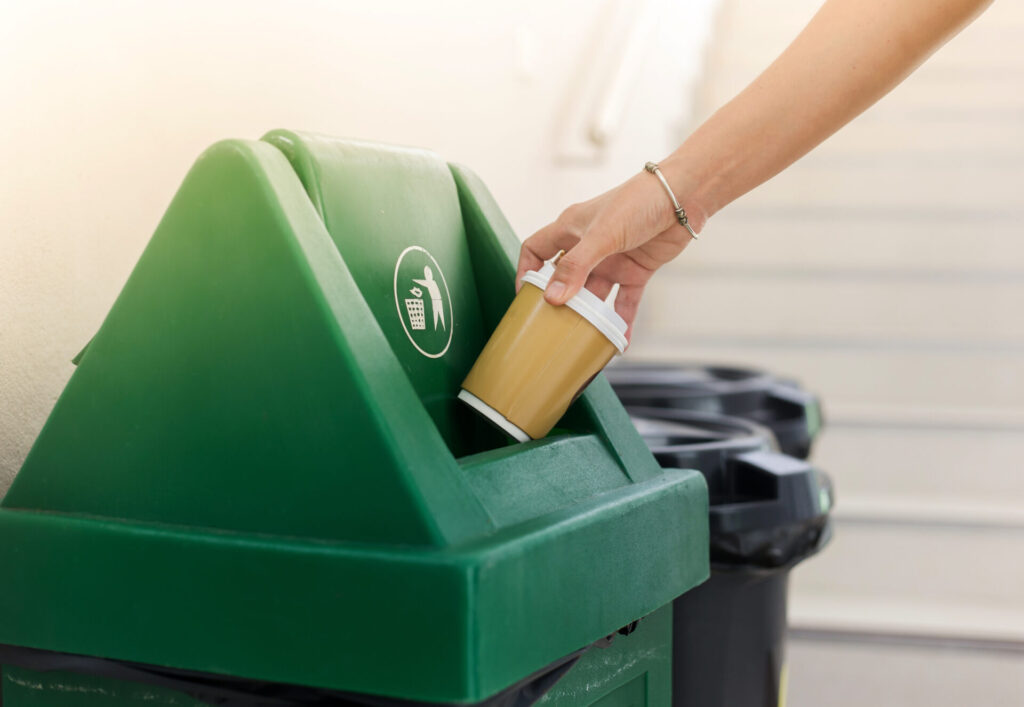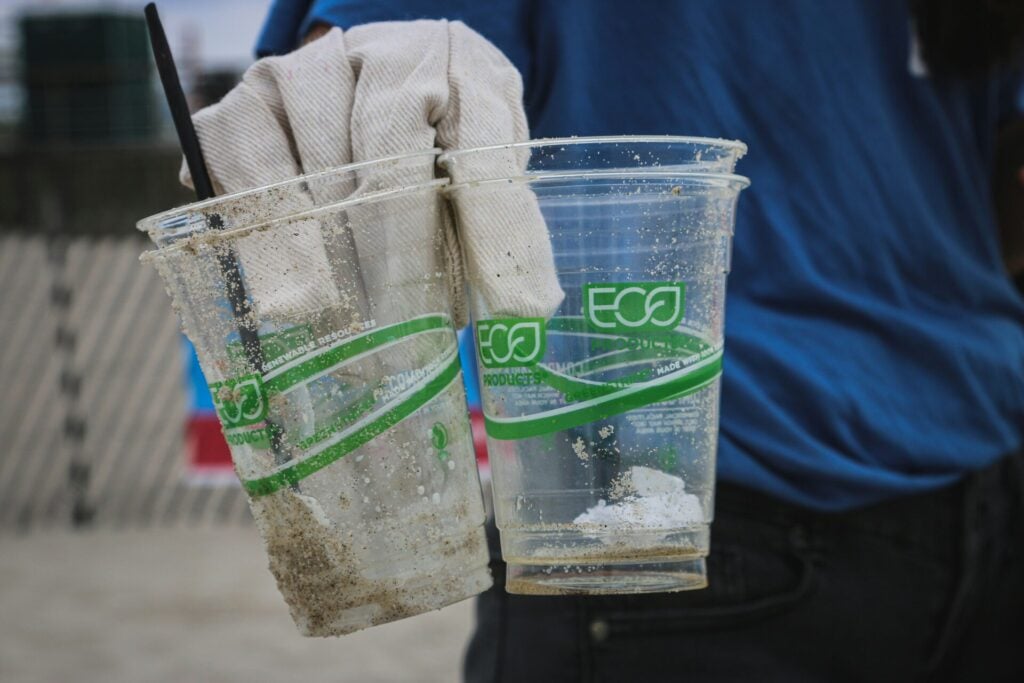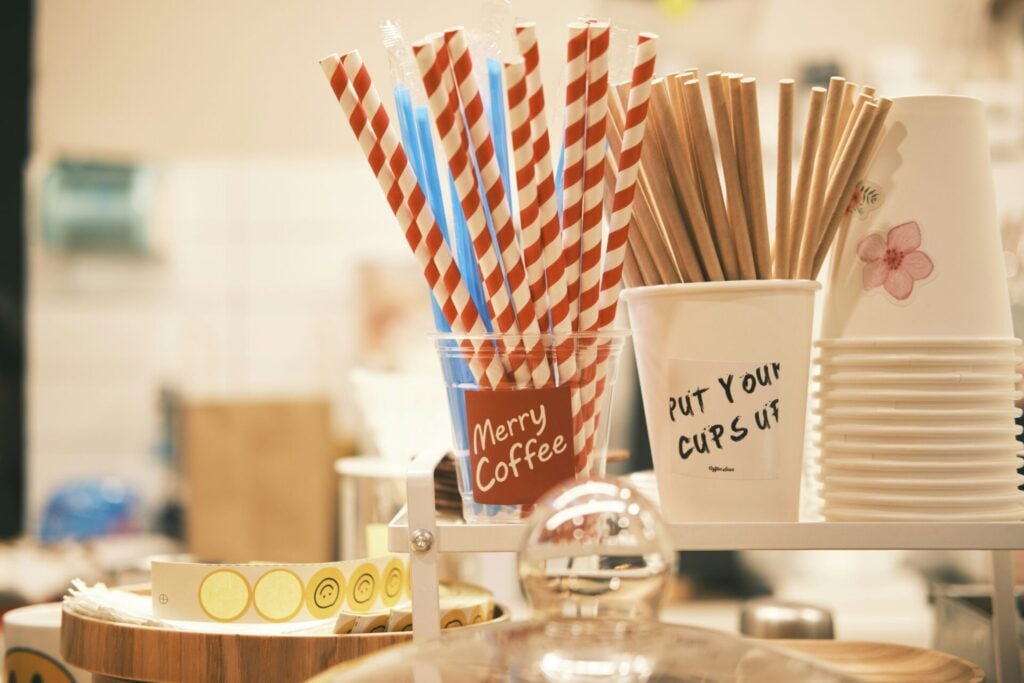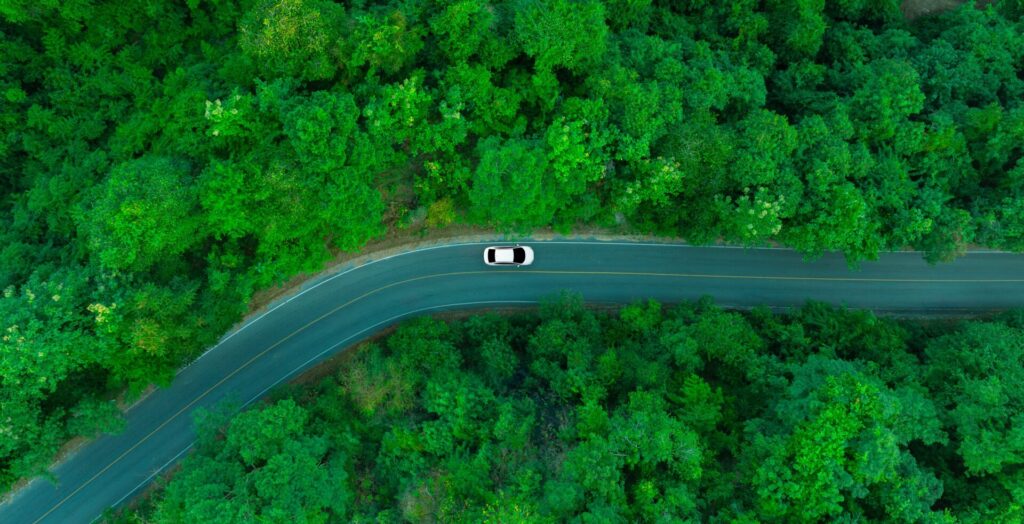We’re in the age of conscious consumption, or at least, we’d like to think we are. From eco-swaps to plastic-free packaging and plant-based everything, sustainability has become the buzzword of the decade. But it’s easy to forget one inconvenient truth: just because something sounds or seems sustainable, doesn’t mean it is. In fact, many of the choices we make are based on well-intentioned eco-myths: ideas that sound green but don’t stand up to scrutiny.
Convenience culture and our throwaway lifestyles still rule strong, and when brands sell us the idea of sustainability more than the reality, we end up in a feel-good loop consuming at the same pace as before we started trying to be better.
A 2023 report by the European Commission found that over half of green claims made by companies were vague, misleading or entirely unfounded
But, it’s not entirely our fault. A 2023 report by the European Commission found that over half of green claims made by companies were vague, misleading or entirely unfounded. Another global study by Changing Markets Foundation revealed that 60 per cent of sustainability claims in the fashion industry could be classified as greenwashing. In an era where buzzwords like ‘natural,’ ‘eco,’ and ‘conscious’ are plastered across packaging and shop windows, it’s no wonder consumers are being misled.
So before assuming all sustainable steps are better for the planet, read on to debunk ten common eco-myths that might be doing more harm than good.
Our Top Ten Eco-Myths
Wish-cycling

‘Wish-cycling’ – throwing something into the recycling bin hoping it gets sorted – is surprisingly common, but non-recyclable items can contaminate everything, meaning that whole batches are rejected and end up in landfill. Greasy pizza boxes, glossy receipts, and foil-lined cartons like those used for alternative milks may look recyclable, but they contain materials that most recycling systems can’t process. In fact, contamination is one of the biggest reasons recyclable materials never get recycled. Know your local recycling rules and when in doubt, leave it out.
Toting That Tote
We’ve all reached over to buy yet another canvas bag at the supermarket, convinced we’ve outsmarted plastic. But cotton tote bags require massive resources to produce. According to a 2018 Danish study, a standard cotton tote must be used 7,100 times to offset its environmental footprint – largely due to the water and pesticides used in cotton farming. Instead, use the bags you already own, as often as possible. Don’t hoard a collection, and don’t forget to actually bring them.
Using ‘Biodegradable’ Products

Biodegradable, compostable, oxo-degradable… the labels sound like they belong to the future of waste-free living. Sadly however, they are more eco-myth than eco-saviour. Many of these products are designed to break down only under specific conditions found in industrial composting facilities. Most home compost bins, and certainly landfills, simply don’t meet those standards. Instead of decomposing cleanly, these items can linger for years or break down into microplastics that pollute soils, waterways, and the food chain. In some cases, these ‘eco’ alternatives have just as damaging a footprint, they’re just better disguised.
Buying ‘Sustainable’ Fast Fashion
That organic cotton t-shirt from a high street giant is still mass-produced in questionable conditions and designed to be discarded after a few wears. Fast fashion’s business model – cheap, trendy, and planned obsolescence, is fundamentally incompatible with true sustainability. The truth is in the pudding: global textile production is expected to rise a staggering 63 per cent by 2030.
Swapping meat for hyper-processed soy or pea protein burgers, often wrapped in multiple layers of plastic and shipped halfway across the world, isn’t exactly a climate win
Globally, the fashion industry produces around 100 billion garments a year, and a truckload of textiles is landfilled or burned every single second. Even organic cotton has a hefty environmental footprint, requiring vast amounts of water and land to produce. Add in sketchy supply chains, underpaid garment workers, and the fact that most ‘conscious’ collections make up only a tiny fraction of a brand’s total output, and you start to see the illusion for what it is: an eco-myth dressed up in trend-driven marketing.

Living on Packaged Fake-Meat
Eating more plants is one of the most impactful things you can do for the planet. Research shows that shifting to a plant-based diet can reduce greenhouse gas emissions by up to 73 per cent, according to a study from the University of Oxford. But swapping meat for hyper-processed soy or pea protein burgers, often wrapped in multiple layers of plastic and shipped halfway across the world, isn’t exactly a climate win. Many of these products are highly refined, rely on energy-intensive production, and contain long ingredient lists that have little resemblance to whole food.
Flushing ‘Eco’ Wipes
‘Flushable’ doesn’t mean they dissolve like toilet paper, and assuming they do is one of the most persistent eco-myths. Many wipes clog sewer systems and pollute waterways. Even the biodegradable ones need industrial composting to break down properly. In the UK alone, wet wipes are behind 93 per cent of blockages in the country’s sewage systems. When it comes to babies convenience often wins, we get it, but not all wipes are created equal. Most conventional baby wipes are made from plastic-based fibres that don’t break down and release microplastics into the environment.
Opt for reusable cloths or certified biodegradable bamboo wipes instead. Some brands like Eco by Naty offer genuinely plastic-free options. Just remember: even the greenest disposable wipe is still a single-use product and nothing beats a soft cloth and warm water.
Choosing Paper Over Plastic

Paper straws, cups, and bags are often hailed as greener alternatives but they’re still designed for single use, and many paper cups are lined with plastic anyway to prevent them from becoming soggy or leaking. The idea that paper always trumps plastic is a common eco-myth, one that overlooks the energy- and water-intensive production of paper, and the fact that most of these items still end up in landfill. Regardless of the material, the environmental cost of producing throwaway items adds up. In the end, the most sustainable option is choosing reusable over disposable.
Thinking Recyclable = Recycled
That ‘100 per cent recyclable’ label on your packaging may look reassuring, but it’s not a guarantee of anything. In reality, much of this so-called recyclable packaging still ends up in landfill. Many consumers also mistake the presence of a recycling symbol – especially the triangle of arrows – to mean the item is recyclable, when in fact, it often just identifies the type of plastic used.
Items made from mixed materials, like foil-lined snack bags or Tetra Paks, typically require specialised facilities that many municipalities simply don’t have. Even seemingly straightforward plastics can be rejected if the item is too small, dark, or dirty to be processed. The smarter move is to focus on reusables, refillables, and packaging-free options.
Swapping to an Electric Car Without Changing Driving Habits

Electric vehicles are a cleaner choice than petrol, but they’re not zero-impact. Believing they’re entirely guilt-free is a growing eco-myth. The production of lithium-ion batteries is resource-intensive, involving the extraction of rare earth minerals. Add to that the fact that many electricity grids still rely on fossil fuels, and the carbon footprint of EVs starts to look more complicated. And crucially, EVs don’t solve the issue of traffic congestion. Drive less, not just differently.
Feeling Good About Offsetting
Carbon offsets are booming but some schemes are poorly monitored, overpromised, or outright fraudulent. The idea that you can simply pay to erase your carbon footprint is a seductive eco-myth but offsetting doesn’t reduce emissions, it just shifts the burden elsewhere. Cut emissions where you can. Offset only what’s truly unavoidable, and choose verified, reputable projects.









